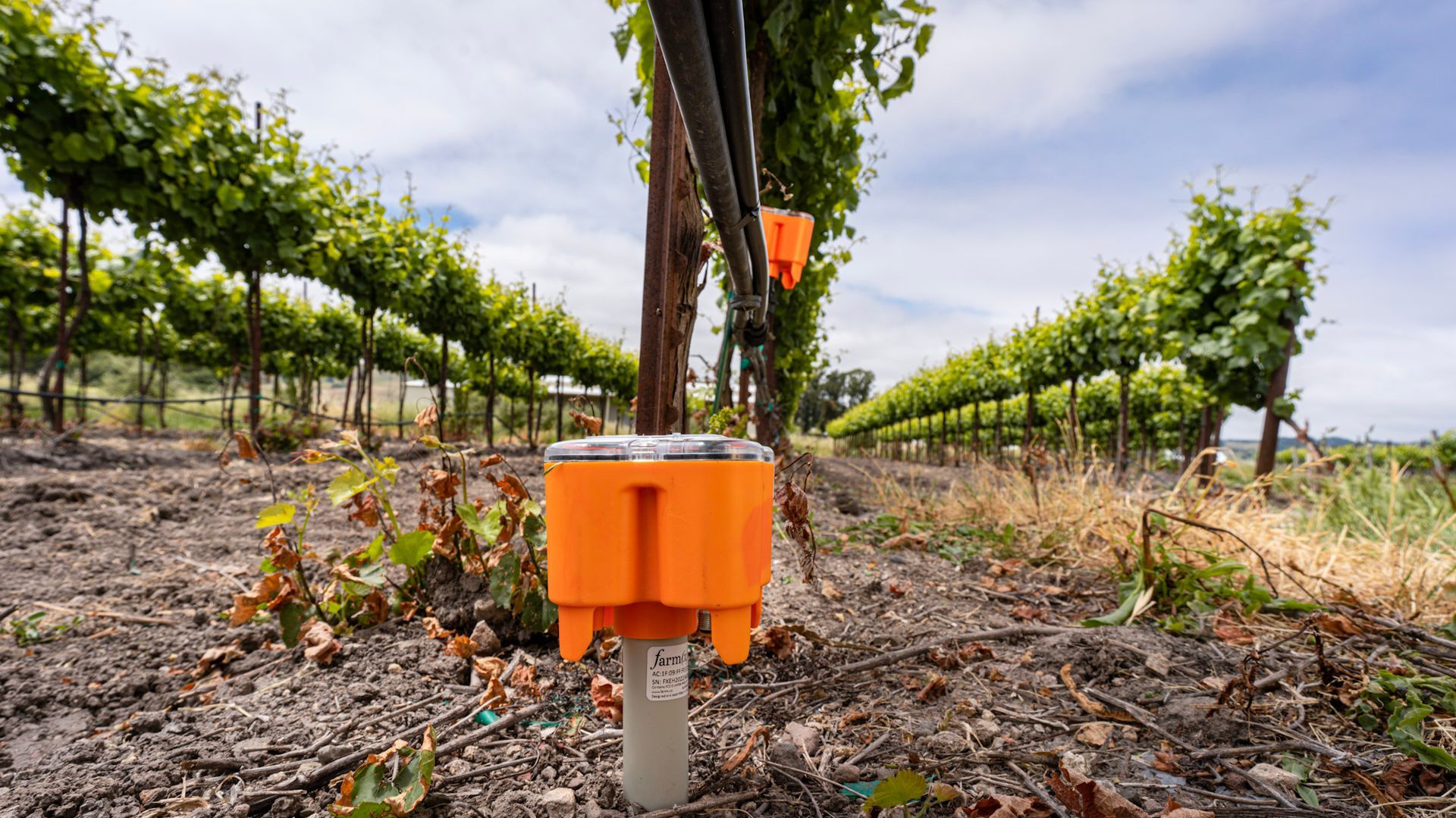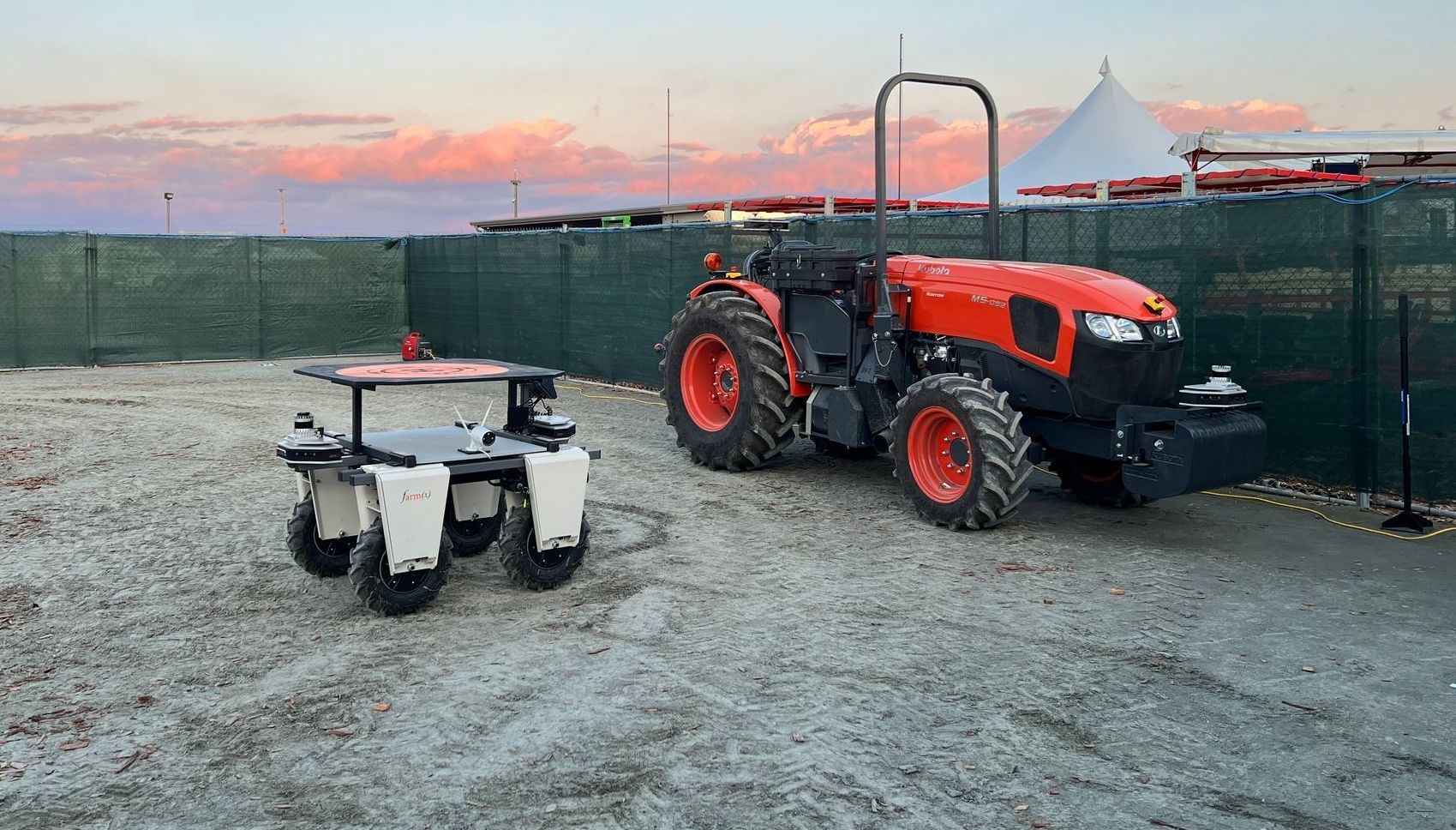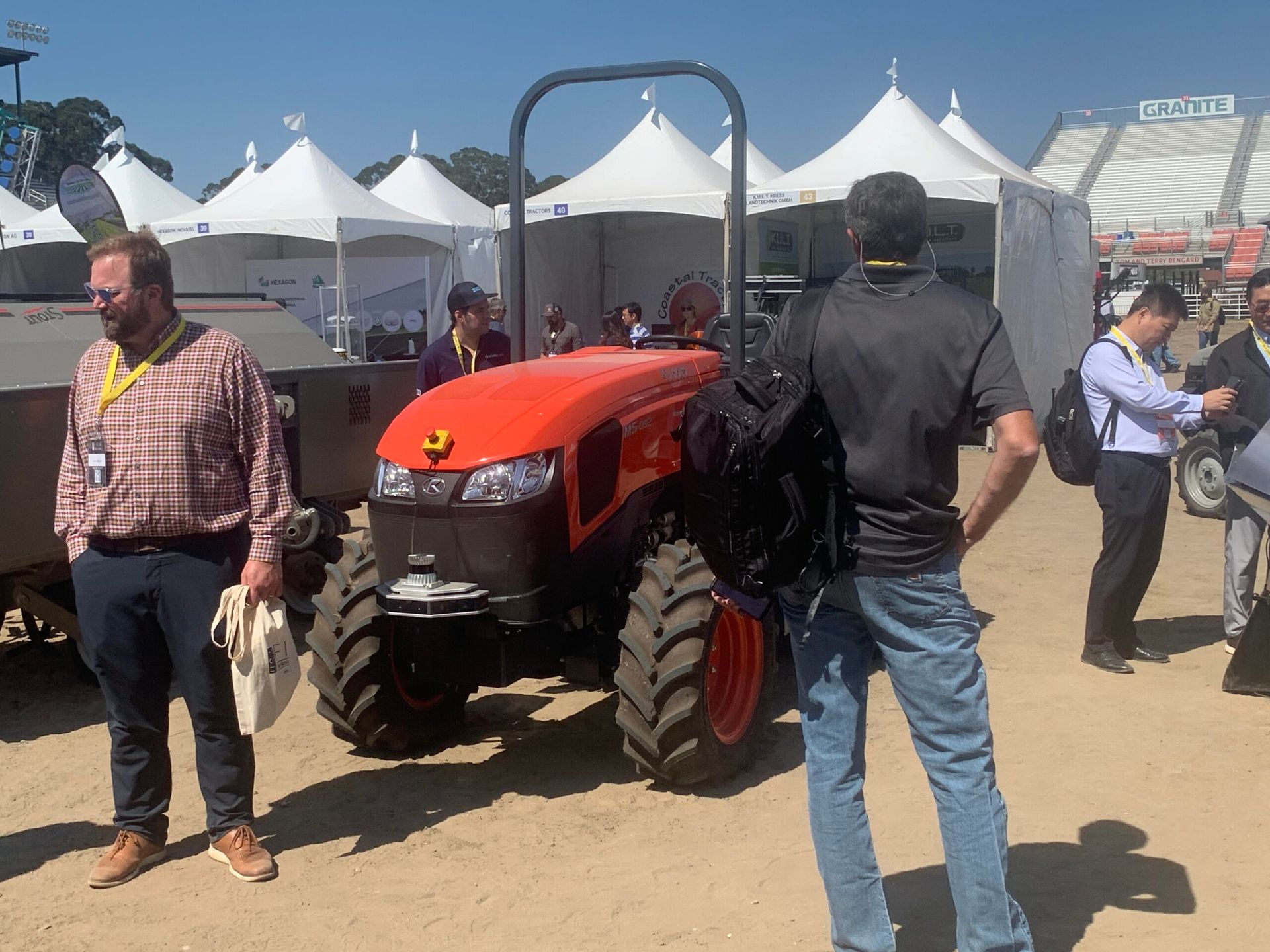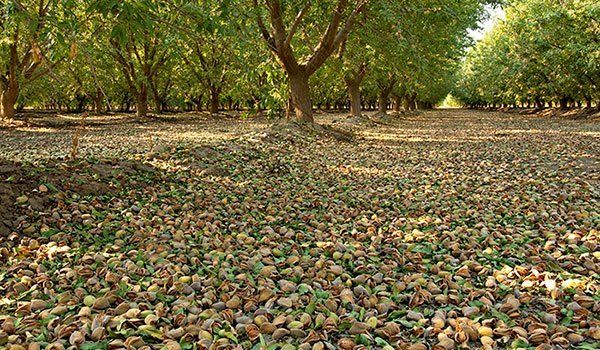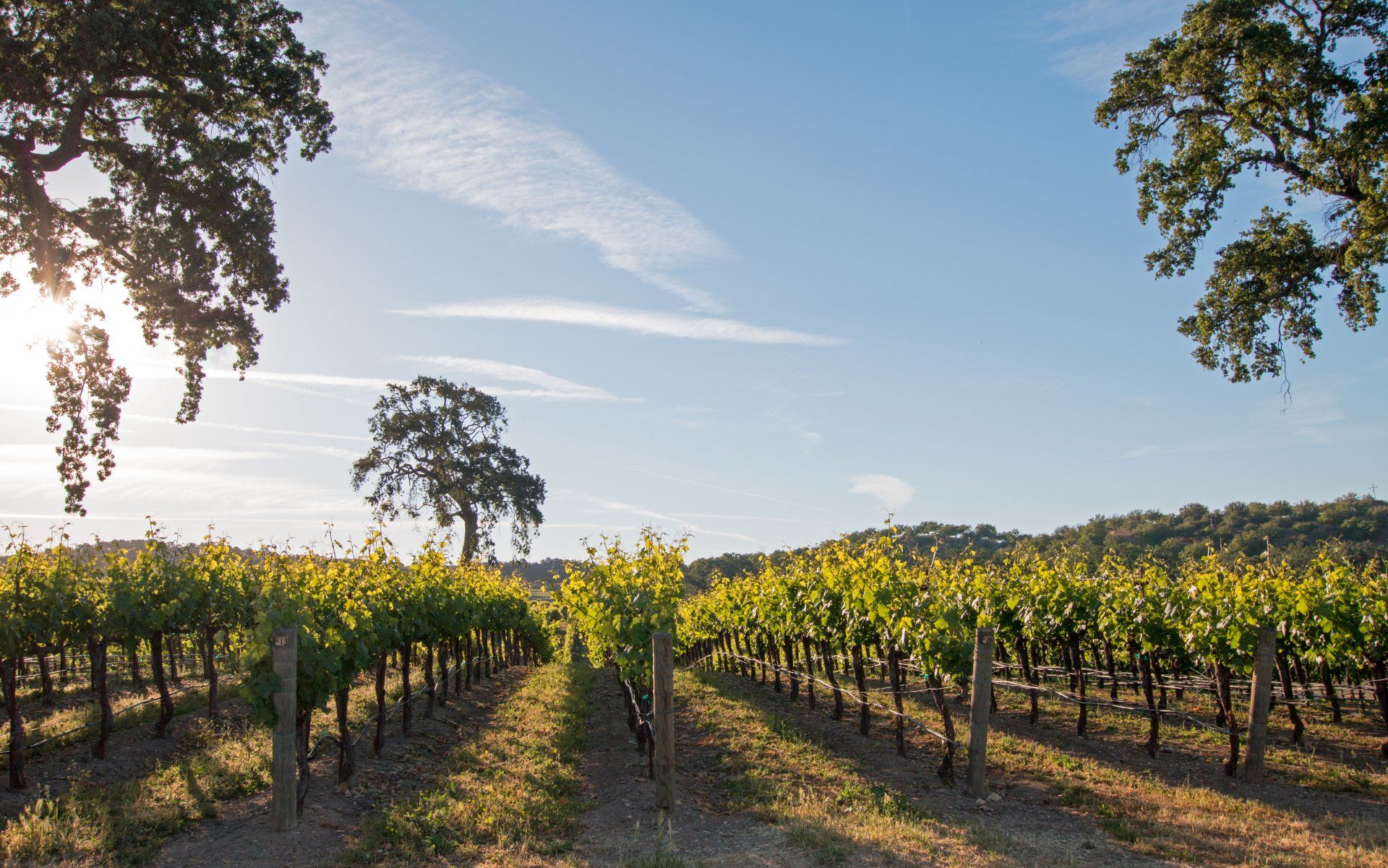Over-irrigation is not just a waste of water
“A little extra” turns into “too much” when the irrigation increases soil moisture in the active root zone above field capacity
For most crops, growers want to avoid drought stress throughout the growing season because it can quickly reduce yield and lead to misshapen, undersize and prematurely ripened produce or fruit. Applying “a little extra” is seen as easy insurance against these problems and makes good sense, since it may also provide a time buffer if the next irrigation must be delayed because of a breakdown or a suddenly required chemical application.
“A little extra” turns into “too much” when the irrigation increases soil moisture in the active root zone above field capacity. Soil can store water for crop use, and field capacity is the upper limit of this storage. Any additional water applied beyond this limit begins to immediately drain by gravity out of the root zone, lost for crop use and leaching valuable nitrogen.
If the soil is well drained, this will happen rapidly, and the main losses are water and nutrients. In slowly draining soils, the excess moisture can cause low-oxygen or even saturated conditions. Depending on how severe the water logging becomes and how long it persists, the uptake of water and nutrients by the roots is slowed down and the productivity of the canopy is reduced. Water logging for more than two days during the growing season will outright kill at least some of the roots. Excess soil moisture also promotes root diseases like armillaria root rot and phytophthora root and crown rot. These diseases are present in almost all orchard soils and can severely shorten the productive life of trees.
Losses caused by over-irrigation
• Water lost to leaching
• Nitrogen lost to leaching and/or denitrification
• Increased pumping costs
• Lowered yield
• Reduced tree vigor and lifespan due to diseases
• Increased weed pressure
Preventing losses
To prevent these losses, you need to know the plant-available water storage in your active root zone, which is approximately the top two feet in established orchards. In annual crops, the depth of the active root zone starts out shallow and generally deepens as the season progresses. Combining root zone available water storage with the water application rate of your irrigation system, you can determine the maximum length of irrigation set possible before leaching starts. In many cases, irrigating more frequently but for less time will be necessary to avoid over-irrigation. FarmX soil moisture probes and its machine learning software can tell you very precisely at which depth your crop in drawing water at what rate. We don’t just give you the raw data output from the probes. FarmX processes this data with proprietary algorithms and shows you volumetric water content at each depth increment. The system is basically learning the unique water holding properties of your soil, providing you field capacity, wilting point, and infiltration rate. This gives you reliable information that is easy to understand and act upon.
While the risks of under-irrigation are generally more serious than the risks of over-irrigation for profitable crop production, there are many benefits to avoiding excessively wet conditions in the root zone. This is especially true in tree and vine crops. The convenient and complete control of irrigation that FarmX provides makes it simple to prevent both drought stress and over-watering.
• Real-time ET
• Soil moisture sensing
• Crop stress modeling
• Irrigation scheduling
• Pump control and automated valve operation
